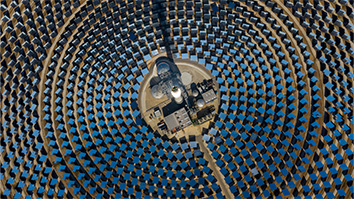Citation
Finch, J. E., Garcia, E. B., Sulik, M. J., & Obradović, J. (2019). Peers matter: Links between classmates’ and individual students’ executive functions in elementary school. AERA Open
Abstract
Students’ executive functions (EFs) are linked to school success. Although school-age children spend much of their time interacting with peers, few studies have explored how children’s classmates may promote EF development in elementary school. In this study, we test whether mean levels and variability in classmates’ EF skills are associated with growth in individual students’ accuracy and speed on EF tasks among third, fourth, and fifth graders (N = 806). We find that classmates’ speed, but not accuracy, on EF tasks is linked to significant improvements in individual students’ EFs over the school year. Classmates’ average EFs, as indexed by faster accurate responses on EF tasks, are associated with improvements in individual students’ speed on EF tasks. These results were robust to the inclusion of individual students’ general processing speed. In contrast, variability in classmates’ accuracy and speed on EF tasks was not associated with individual students’ EF growth. Our results highlight the role of peers and the school context for EF development in middle childhood.


